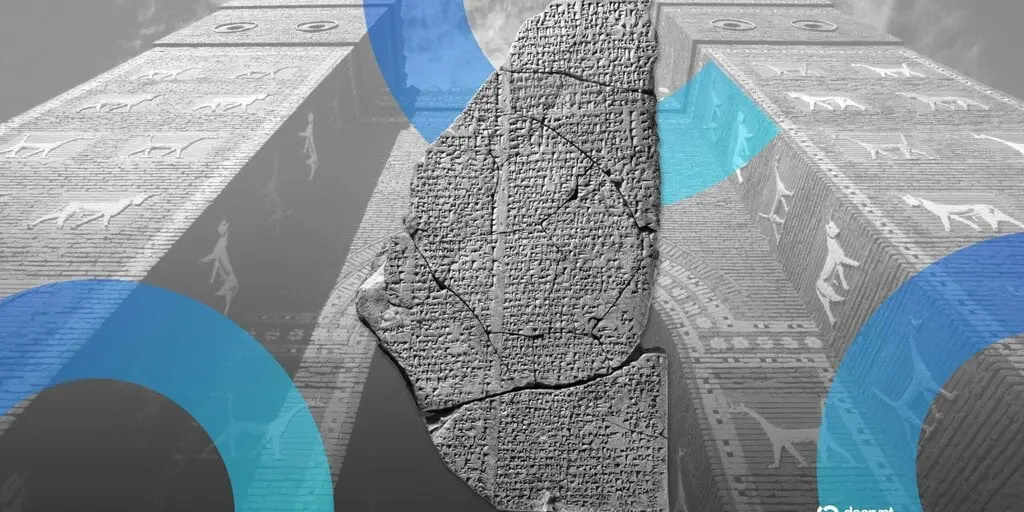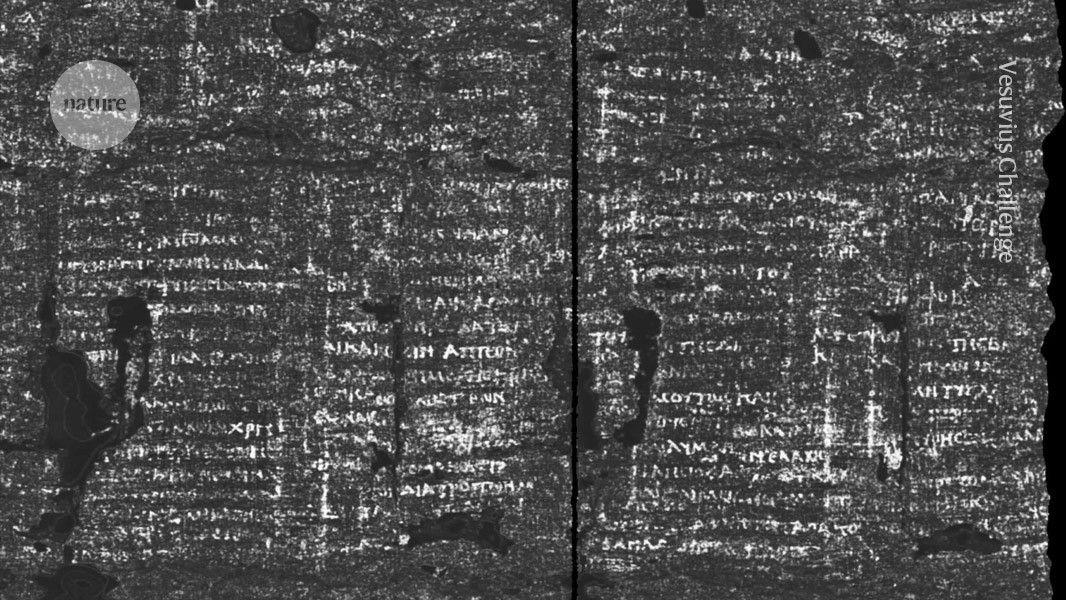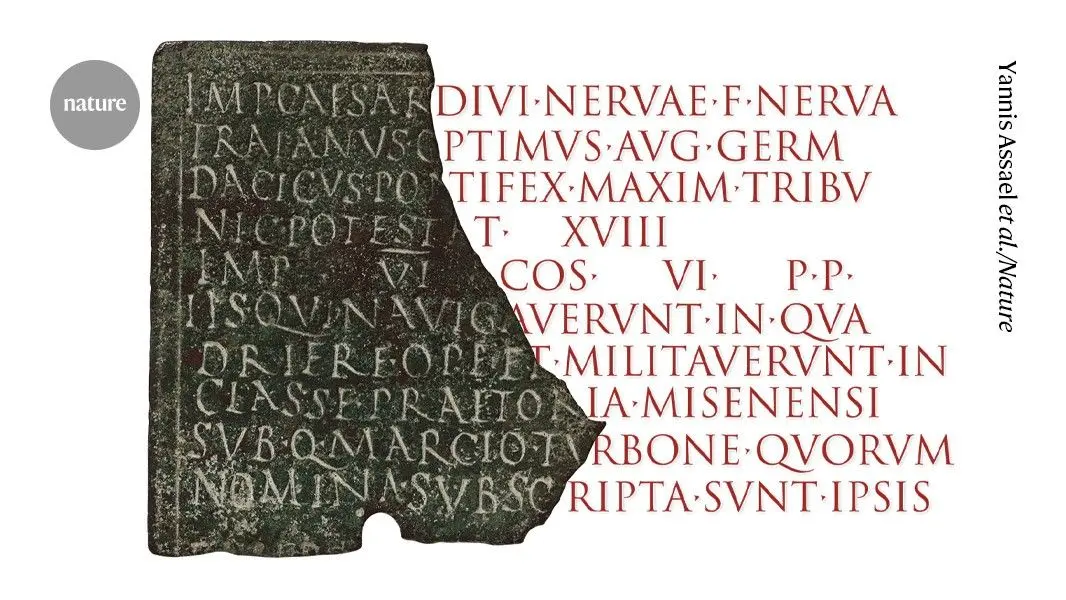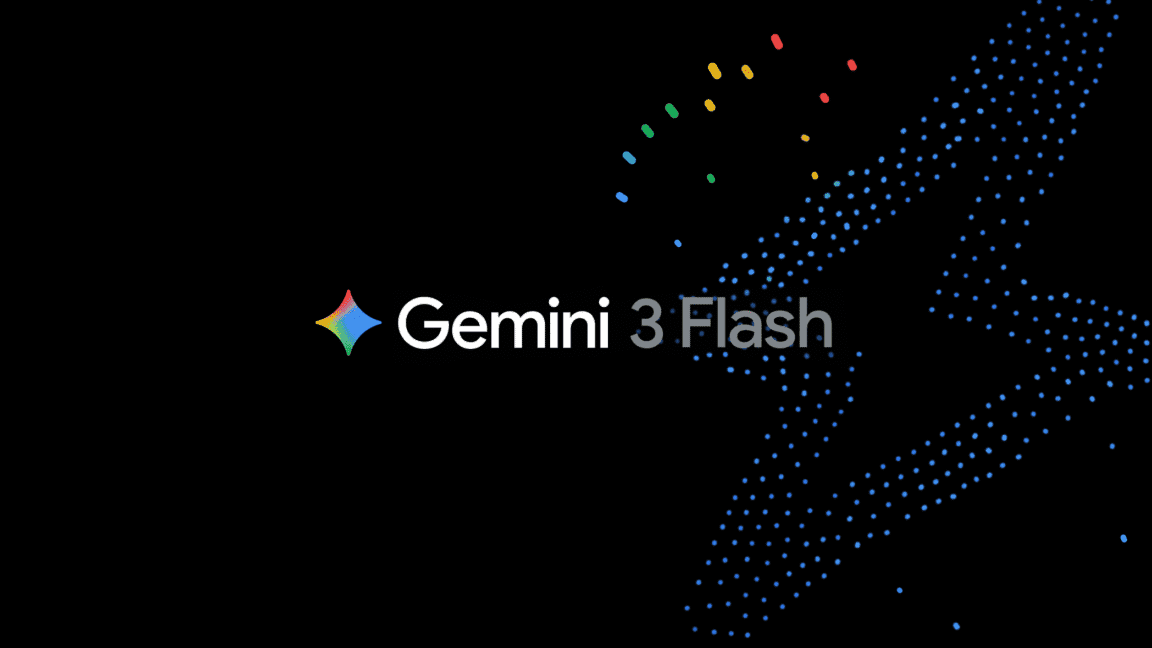AI Deciphers 3,000-Year-Old Babylonian Hymn, Unveiling Ancient City's Glory
3 Sources
3 Sources
[1]
Babylonian text missing for 1,000 years deciphered with AI
A team of ancient literature experts have deciphered a Mesopotamain text that was missing for over 1,000 years. Etched on clay tablets, the Hymn to Babylon describes the ancient megacity in "all of its majesty," and gives new insights into the everyday lives of those who resided there. The text is detailed in a study published in the journal Iraq. Founded in Mesopotamia around 2,000 BCE, Babylon was once the largest city in the world. Babylon's ruins are a UNESCO World Heritage Site about 52 miles outside of the Iraqi capital of Baghdad. At its height, the city was a cultural hub that inspired written works that still form part of our global heritage today. A religious text called the Enuma elish or Babylonian Epic of Creation details the creation of the universe and the rise of Marduk, the city's chief god. The Code of Hammurabi is one of the oldest surviving legal frameworks, and includes the concept of "innocent until proven guilty.". Babylonian texts were primarily composed of an ancient writing system called cuniform on clay tablets. Most of these tablets have only survived in tiny fragments. One of the goals of a team from the University of Baghdad in Iraq and Ludwig Maximilian University of Munich in Germany has been to decipher and preserve hundreds of cuneiform tablets included in the Sippar Library. This collection of texts was uncovered in the Temple of Shamash in the ancient city of Sippar, Iraq. Legends also say that Old Testament hero Noah hid tablets in Sippar before boarding his ark when the floodwaters came. [ Related: 6,000-year-old Mesopotamian artifacts linked to the dawn of writing. ] In the Electronic Babylonian Library Platform, study co-author and Assyriologist Enrique Jiménez is digitizing all of the cuneiform text fragments that have been discovered around the world. With the help of artificial intelligence (AI), he is piecing together fragments that belong together. "Using our AI-supported platform, we managed to identify 30 other manuscripts that belong to the rediscovered hymn - a process that would formerly have taken decades," Jiménez said in a statement. With these additional texts, the team was able to completely decipher this ancient hymn of praise. In it, they found some new insights into Babylonian urban society and believe that the Hymn to Babylon was very widespread. "The hymn was copied by children at school. It's unusual that such a popular text in its day was unknown to us before now," Jiménez said. The song of triumph-or paean-likely dates back to the start of the first millennium before Christ and is made up of 250 lines. "It was written by a Babylonian who wanted to praise his city," said Jiménez. "The author describes the buildings in the city, but also how the waters of the Euphrates bring the spring and green the fields. This is all the more spectacular as surviving Mesopotamian literature is sparing in its descriptions of natural phenomena." One of the exciting new discoveries includes new information regarding Babylonian women-many were priestesses. The hymns also describe the inhabitants as being respectful to foreigners. The lines below are from a newly discovered hymn, describing the river Euphrates. The city was located on the riverbanks at the time. The Euphrates is her river -- established by wise lord Nudimmud -- Continued advances could potentially lead to better translations of this ancient celebration of a great city.
[2]
1,000-year-old hymn celebrating Babylonian glory resurrected with AI
The ruins of the city of Babylon, regarded as the largest city in ancient times. Ludwig Maximilian University (LMU) professor Enrique Jiménez has used AI to decipher a 1,000-year-old ancient hymn singing the praises of Babylon's glory. Working in collaboration with the University of Baghdad, the co-author and Assyriologist also used AI to find 30 other related manuscripts. These texts have revealed insights into the daily life and culture of Babylon, regarded as the world's largest city of its time. The lost hymn in question is etched on clay tablets and describes Babylon in all of its majesty, written in cuneiform text.
[3]
Researchers Use AI to Reconstruct 3,000-Year-Old Babylonian Hymn - Decrypt
They told Decrypt that AI is becoming "indispensable" to researchers seeking to reassemble ancient texts from surviving fragments. Researchers from LMU Munich and the University of Baghdad have used AI to reconstruct a Babylonian poem that had been lost for over 2,000 years. Named the Hymn of Babylon, the text -- which praises Babylon and the god Marduk -- was written 3,000 years ago and last studied in 100 BC. According to the team behind its rediscovery, it has been pieced together from 30 clay fragments that have been excavated over the years, with artificial intelligence being used to join the dots. "We used a specialized AI program to analyze and match text fragments based on combinations of cuneiform signs," Professor Enrique Jiménez, Professor of Ancient Oriental Languages at LMU, told Decrypt. Jiménez and his colleagues use approaches based around natural language processing to indicate that fragments belong to a single text, as detailed in a methodology paper from last year. Working from the Electronic Babylonian Library Platform, which contains 1,402 manuscripts, the researchers use n-gram matching as their primary method of reconstruction, although other methods include vocabulary overlapping and searching for longest common strings (of text). According to Jiménez, the rediscovered poem was important enough to be taught as part of Babylon's curriculum. Writing in the journal Iraq, he and co-researcher Anmar A. Fadhil also suggest that the author was likely a member of Babylon's priestly class, given that the poem includes a section which describes priests as the "free citizens" of Babylon. In addition to celebrating Babylon's natural resources and beauty, the hymn also includes passages extolling the city's acceptance of foreigners and support for the poor. It reads, "The foreigners among them they do not humiliate. The humble they protect, the weak they support. Under their care, the poor and destitute can thrive. To the orphan they offer succour and favour." The reconstruction of ancient texts using AI is has become increasingly common among scholars; in 2023 a 21-year-old student made headlines for developing a machine learning algorithm to decipher ancient Greek letters inside a sealed scroll from Herculaneum. Jiménez told Decrypt that AI is becoming "indispensable" to researchers, "particularly for reconstructing damaged or fragmented texts." He added that, "While languages like Akkadian and Sumerian are still underrepresented in large language models, we're actively working to improve computational tools for ancient Near Eastern studies."
Share
Share
Copy Link
Researchers from LMU Munich and the University of Baghdad have used AI to reconstruct the long-lost Hymn of Babylon, offering new insights into the ancient city's culture and society.
AI Breakthrough in Ancient Text Reconstruction
In a groundbreaking application of artificial intelligence, researchers from Ludwig Maximilian University (LMU) in Munich and the University of Baghdad have successfully reconstructed a 3,000-year-old Babylonian hymn that had been lost for over two millennia
1
. This achievement marks a significant advancement in the field of ancient literature studies and demonstrates the growing importance of AI in historical research.The Hymn of Babylon: A Window into Ancient Glory
The reconstructed text, known as the Hymn of Babylon, is a 250-line poem that celebrates the ancient city of Babylon and its patron god, Marduk
2
. Written around 1000 BCE, the hymn provides a vivid description of Babylon's majesty, its natural resources, and the daily lives of its inhabitants. The text was last studied around 100 BC and has since been lost to time1
.
Source: Interesting Engineering
AI-Powered Reconstruction Process
Professor Enrique Jiménez, an Assyriologist at LMU, led the team that employed specialized AI programs to analyze and match text fragments based on combinations of cuneiform signs
1
. The researchers utilized the Electronic Babylonian Library Platform, which contains 1,402 manuscripts, and applied techniques such as n-gram matching, vocabulary overlapping, and searching for longest common strings of text1
.New Insights into Babylonian Society
The deciphered hymn has revealed fascinating aspects of Babylonian urban society:
-
Education: The poem was apparently popular enough to be taught in Babylonian schools, indicating its cultural significance
3
. -
Social Values: The hymn praises Babylon's acceptance of foreigners and support for the poor, suggesting a society that valued inclusivity and social welfare
1
. -
Natural Beauty: The text vividly describes the Euphrates River and how it brings spring to the city, greening the fields – a rare instance of natural phenomena being described in surviving Mesopotamian literature
2
. -
Women's Roles: The hymn provides new information about Babylonian women, revealing that many held positions as priestesses
2
.

Source: Decrypt
Related Stories
The Future of AI in Historical Research
Professor Jiménez emphasized the growing importance of AI in historical research, stating that it is becoming "indispensable" for reconstructing damaged or fragmented texts
1
. While ancient languages like Akkadian and Sumerian are still underrepresented in large language models, researchers are actively working to improve computational tools for ancient Near Eastern studies.Significance of the Discovery
This reconstruction not only provides valuable insights into Babylonian culture but also demonstrates the potential of AI in unlocking the secrets of ancient civilizations. As AI technologies continue to advance, we can expect more lost texts to be deciphered, offering new perspectives on human history and cultural development.
References
Summarized by
Navi
[1]
[2]
Related Stories
AI Uncovers Hidden Language Patterns and Authorship in the Hebrew Bible
06 Jun 2025•Science and Research

AI Deciphers 2,000-Year-Old Vesuvius Scroll, Revealing Lost Greek Philosophical Work
07 May 2025•Science and Research

AI Tool 'Aeneas' Revolutionizes Analysis of Ancient Latin Inscriptions
24 Jul 2025•Science and Research

Recent Highlights
1
Google launches Gemini 3 Flash as default AI model, delivering speed with Pro-grade reasoning
Technology

2
OpenAI launches GPT Image 1.5 as AI image generator war with Google intensifies
Technology

3
OpenAI launches ChatGPT app store, opening doors for third-party developers to build AI-powered apps
Technology





